Meizu PRO 6 Plus Review
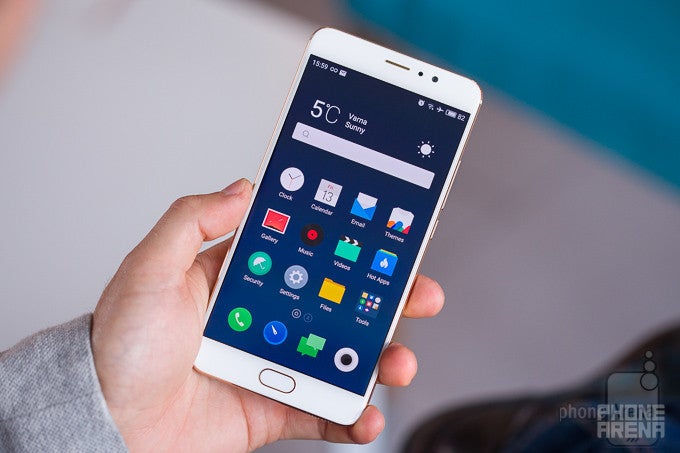
Introduction
Meizu is a brand name we rarely get to mention, even though the Chinese company has been in the smartphone business for a whole decade. That’s due to the fact that only recently its phones became officially available in Western markets – through retailers like Amazon and Meizu’s own online stores. And as the case is with many Chinese brands, Meizu handsets aim to stand out by offering decent specs and attractive design at a competitive price.
The Meizu Pro 6 Plus, in particular, is a high-end Android model that’s going to cost 499 euros (about $530) when it is released in France and Italy. In exchange you get a device with software and design that have been clearly inspired by Apple’s iPhone, while the specs place it in the premium tier, next to the Galaxy S7 and the likes. But ultimately, is the Meizu Pro 6 Plus a good buy? I used it for several weeks to find out!
In the box:
- Meizu Pro 6 Plus smartphone
- USB C charging cable
- Wall charger (with Quick Charge support)
- Quick start guide (which you should definitely read!)
- SIM ejector tool
Design
A phone built well, with attention paid to details.
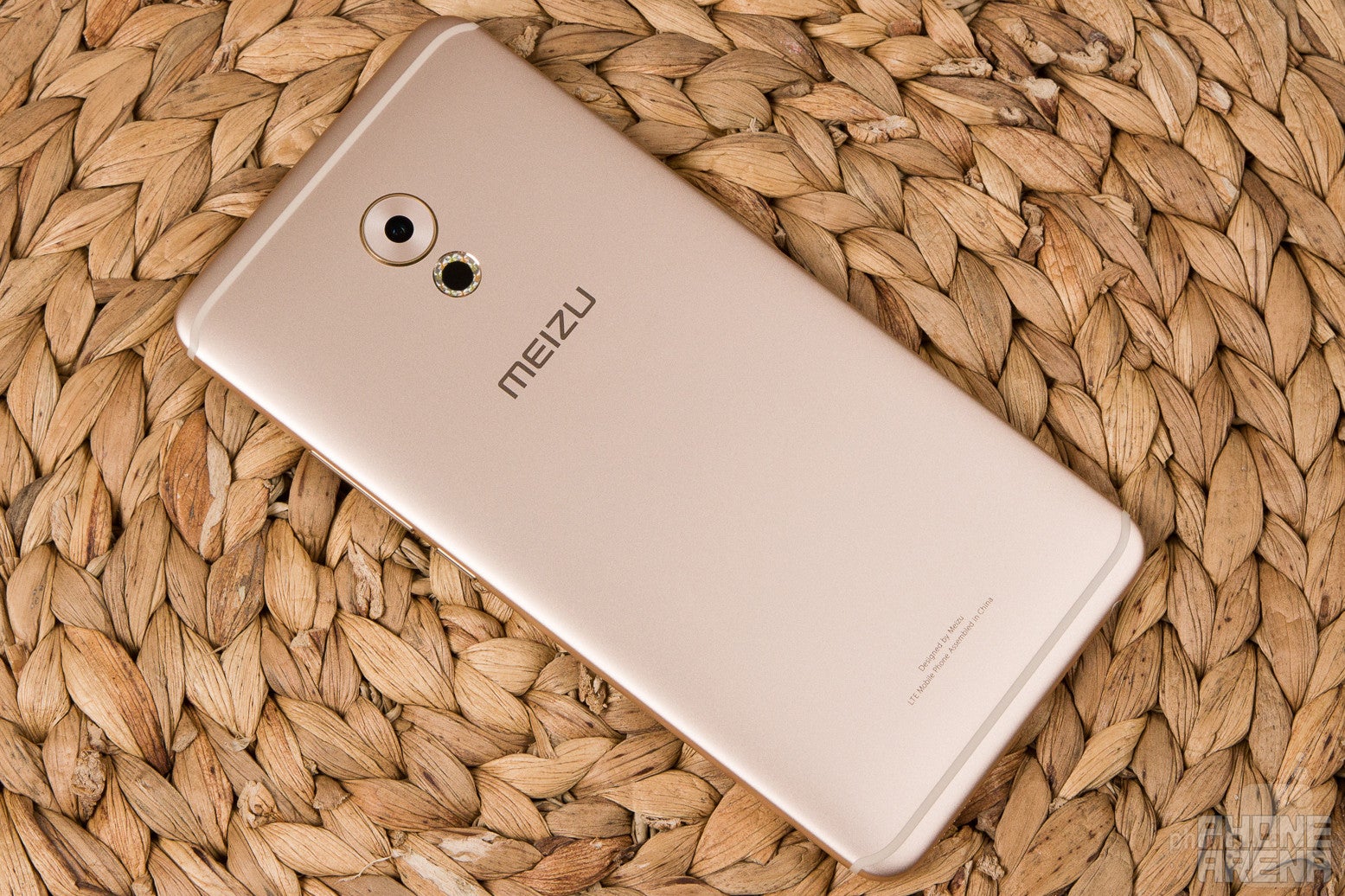
When it comes to design, the iPhone influence over the Meizu Pro 6 Plus is undeniable. The color, the shape of the antenna bands, the feel of the phone’s metal exterior – all remind of Apple’s popular handset. One major difference: Meizu’s phone has a headphone jack. But another is that it isn’t water-resistant.
One should keep in mind that the Meizu Pro 6 Plus is a pretty large handset. Given its size, I don’t find it particularly heavy.
As a phone of this price point should, the Meizu Pro 6 Plus looks and feels like a high-quality product – one that could justify its price tag. And it has been built with attention to detail, judging by the accents matching the color of the phone’s body.
The home button, situated below the screen, has a fingerprint scanner built into it. Of course, it keeps the phone locked while it isn’t being used, but during operation, it also doubles as the back navigation key: a tap on the button takes you back one step, and a firm press takes you to the home screen – a unique approach that I find mostly convenient. My only complaint is that I sometimes tap it by accident when playing games.
As far as reliability goes, the fingerprint scanner does an okay job, but there’s a learning curve to it. I’ve noticed that my fingers tend to easily slide across its super-slippery surface, which sometimes results in inaccurate readings. Over time, I found out that the best way to use it is to press firmly for a second and then lift my thumb.
According to Meizu’s website, the scanner also doubles as a heart-rate monitor, although my review unit doesn’t have a pre-loaded app capable of taking advantage of this feature. I later found out that a pulse measurement app will be added through a software update.
Display
A screen that the great majority would be okay with. Extras like pressure sensitivity and the stand-by display are welcome.
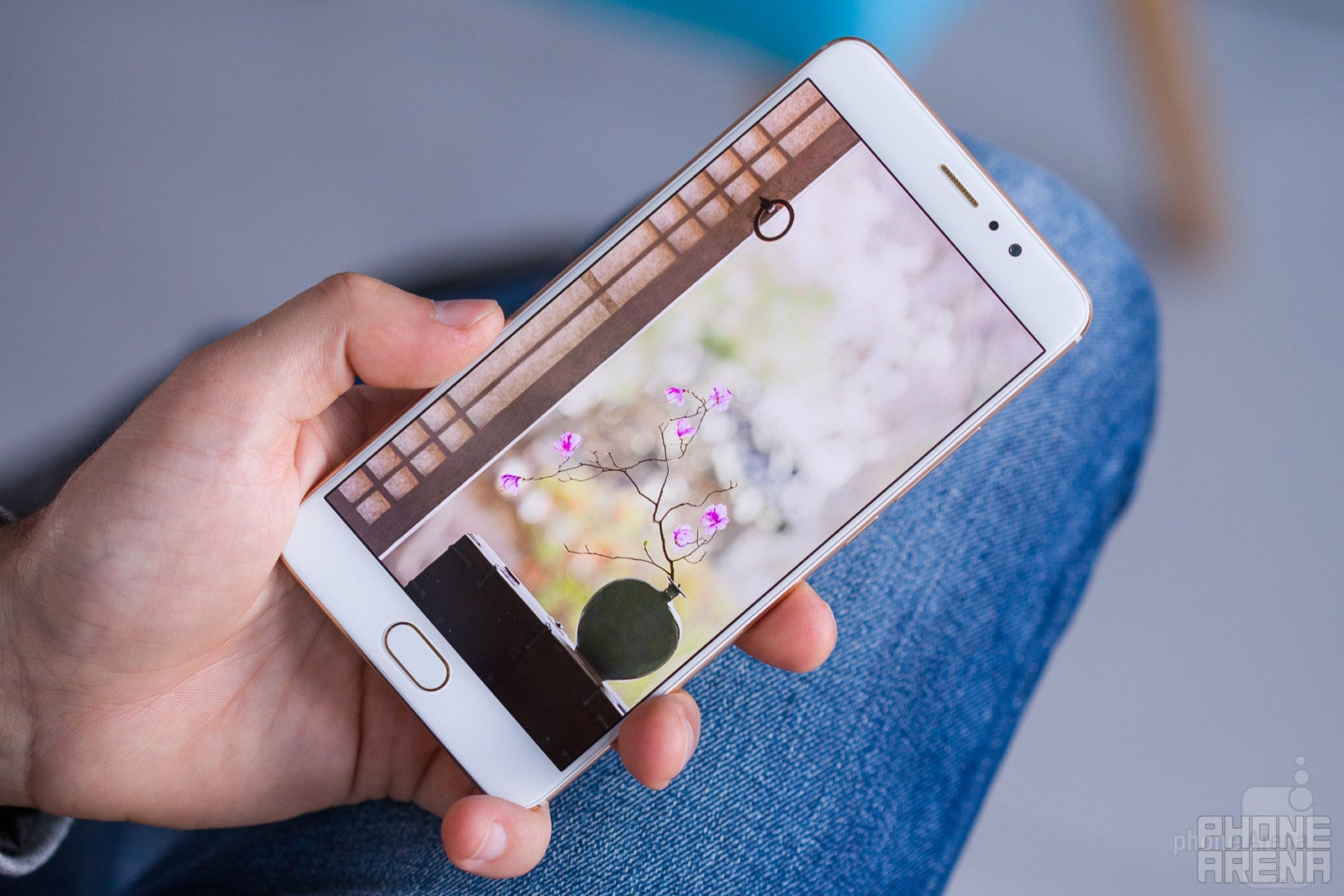
Once again, I must mention the iPhone in this review, as the Pro 6 Plus borrows a key feature straight from it. Meizu’s phone has a pressure-sensitive touchscreen, which enables 3D-Touch-like interaction with various home screen icons. For example, hard-pressing the Phone app icon lets you access recent contacts. Hard-press a picture in the gallery, and a preview pop-up appears. It’s a feature with potential, although I didn’t really use it much. That’s maybe because I didn’t find the shortcuts useful enough in order to develop the habit. Also, the functionality is not supported by third-party apps in any way.
Deep in the Settings menu I also found a blue light filter called Eye-protection mode. Much like Apple’s Night Shift feature, it can be set to activate at a specific time, or you can trigger it manually with a toggle button in the notifications shade. Also in the settings menu I came across a very handy option to display the time on the screen during stand-by – a feature inspired by the Galaxy S7, clearly.
On the technical side of things, the Meizu Pro 6 Plus has a spacious, 5.7-inch display with high resolution: 1440 by 2560 pixels (515 ppi). It is ideal for viewing photos, browsing the web, playing games, and all the activities modern phones are typically used for.
The screen itself is of the AMOLED variety. Colors are vivid, but not overly so, and I’d say that their representation on the Pro 6 Plus would please the majority of users, despite the inaccuracies we measured during testing (evident in the charts below). The maximum brightness level – a factor directly affecting outdoor usability – is a tad below what other high-ends can achieve and lower than what Meizu advertises, but I never found this to be an issue throughout my use.
Interface and user experience
Based on Android 6.0.1, Flyme is software with potential, but feels detached from the Google ecosystem.

Honestly, I’m not sure when was the last time I read a user manual, but with the Meizu Pro 6 Plus, I’d say that doing so is a must. Worry not, as it’s a short read – the Quick Start guide included in the box makes you aware of the phone’s unusual controls and gestures. For example, switching between apps is done by swiping up from the bottom of the screen – something I wouldn’t have figured out on my own.
Something the guide won’t tell you is how to get Google’s services running on the Meizu Pro 6 Plus. Yes, these don’t come pre-installed. On the international model that I’m testing, I had to open an app called Hot Apps and to install Google’s services and the Play Store from there. It’s not a big deal, but it is an extra hassle that could frustrate both novice and experienced users alike.
This, however, is a minor inconvenience compared to using the default on-screen keyboard – TouchPal. What makes it bad? Mostly the fact that it displays ads and pushes content in the user’s face at random points as it is being used – a shame really, as the keyboard is otherwise fast and accurate.
That aside, Flyme is a UI with plenty of potential. One thing I like about it is how clean and simple it is, with useful gestures built into it. A swipe up, for instance, brings forth a universal search bar, while a swipe down brings down the notifications shade, so I don’t have to reach all the way to the top of the screen. Minor, yet cool tweaks alre also present, like how regular texts are kept separate from text notifications you could be getting from your carrier or various services. You also get user interface themes and the option to lock apps from being accessed.
Other areas still need some work. For example, inaccurate and confusing translations can still be found here and there – mostly deep in sub-menus and rarely seen dialogue windows. Also, the software is very aggressive when it comes to what apps are allowed to run in the background – I had to manually allow apps like Skype, Facebook Messenger and Viber to stay open in stand-by. That is done from the Security app: go to Power > Standby Management, and I’m not sure an inexperienced user would figure this out on their own.
I hope that the update to Flyme 6, expected to come this February, will fix things for the better.
Processor and memory
Samsung-made hardware keeps the Pro 6 Plus running smoothly.
One curious fact about the Meizu Pro 6 Plus is that it powered by the same processor used in the Galaxy S7 and Galaxy S7 edge – the 2.0GHz Exynos 8890 Octa. 4GB of RAM and 64GB of storage (non-expandable) are also on board. As one would expect, the phone should be able to handle any task thrown at it given the potent hardware it has tucked inside, but is that really the case?
Yes, at least for the most part. The interface is fluid and very responsive, with only occasional delays when switching between apps. As I said above, the software can be very aggressive when it comes to keeping background apps alive. Web browsing is also a smooth experience, both when using the stock browser or Google Chrome.
With games, the situation isn’t quite perfect. I noticed occasional lags and choppiness with more complex 3D titles, including Minecraft PE and Pixel Gun 3D, but other games like Riptide GP Renegade and Asphalt 8 Airborne ran well. Some titles refused to run for some reason: Don’t Starve and CSR Racing 2, for example. Less demanding games ran just fine, as expected.
Web browsing and connectivity
Meizu is shipping the Pro 6 Plus with its own web browser which is fast, usable, and packed with a number of useful features, including night mode (changes white backgrounds to black) and link preview mode (hard-press on one to preview the page it leads to). On the downside, it won’t sync with your Chrome bookmarks if you have any, and the Incognito mode does not log me out of web sites that I’ve logged into. Weird.
As far as connectivity goes, I’ve had no Wi-Fi issues during my testing, and the phone even gets along with my Chromecast at home. 4G LTE is supported and works in Europe. Chances are that the Pro 6 Plus won’t connect to LTE if used on a GSM carrier in the US (AT&T, T-Mobile), but that’s not a big deal since the phone isn’t made for that market anyway.
I must also mention that the Meizu Pro 6 Plus is a dual-SIM phone. In other words, you may use two phone numbers in one device – even if they’re from different carriers, since the phone comes unlocked.
Camera
Fast, takes good photos and videos if given favorable conditions, but low-light performance could have been better.
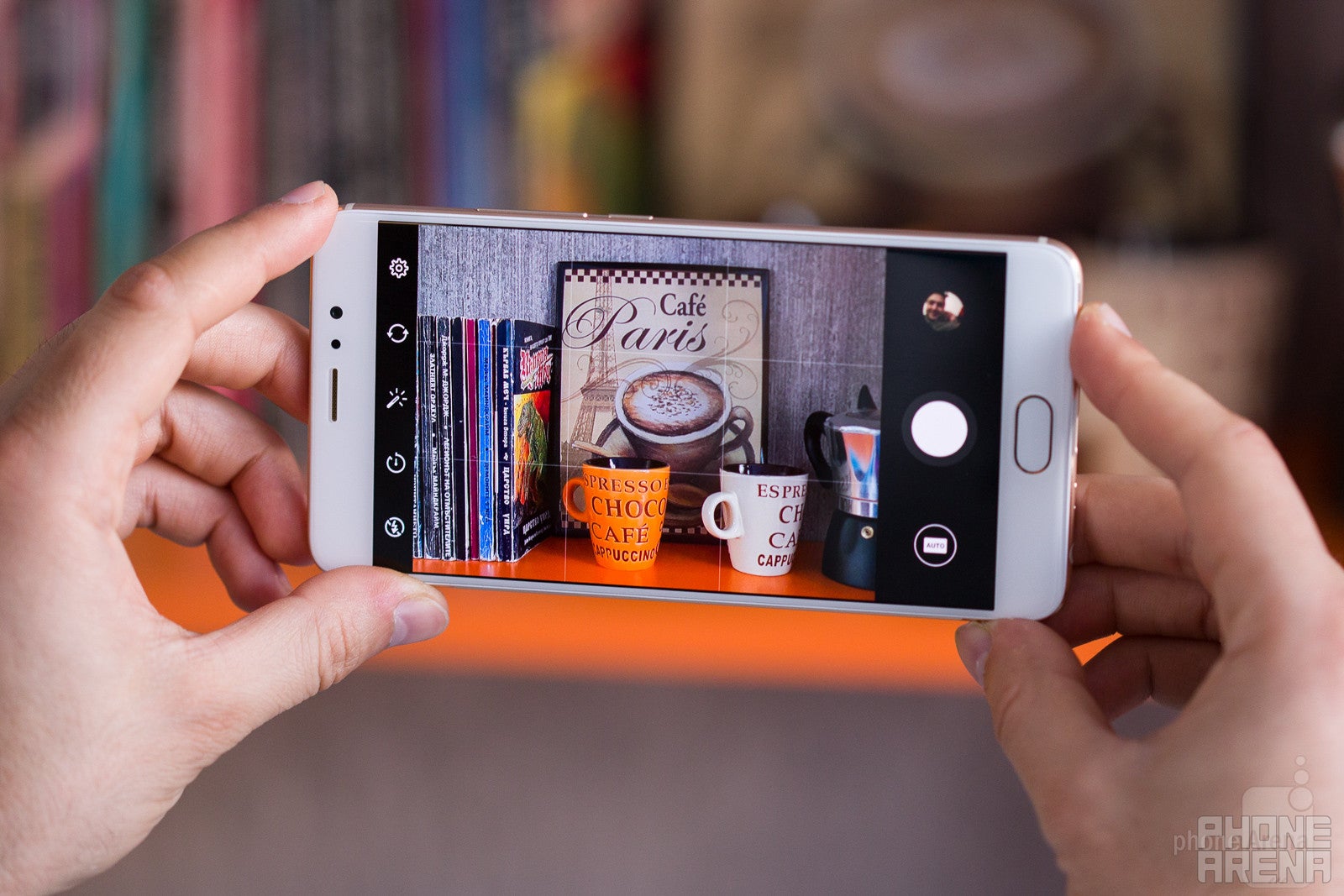
There’s nothing too fancy going on in this department. On the back of the Meizu Pro 6 Plus is a 12MP single camera based on an IMX386 sensor by Sony. It has 4-axis optical stabilization and a peculiar 10-LED circular flash.
Meizu’s camera UI is clean and simple, with a number of extras, including Manual mode, slow-motion and GIF modes, and a built-in QR Code scanner. Still, it could use some improvements. One drawback is that there’s no Automatic HDR option.
Software aside, the camera is really quick when taking photos, with only some slowdowns in low light conditions. Also, enabling HDR slows the camera quite a bit, which is probably why Auto HDR isn’t available.
Image quality
My apologies for the uninspiring images, but the weather in our part of the world hasn’t been exactly picnic-friendly over the past few weeks.
The good news is that the Meizu Pro 6 Plus can produce quality images, if given favorable conditions – plenty of light and little movement on the subject’s part. For example, the first few photos in the gallery below turned out quite nice. Close ups (images 14, 15, and 16) are very detailed, and most of our indoor shots are also looking great. Also, I found the LED flash to be very powerful, well able to illuminate the scene even from a considerable distance.
But the camera has plenty of downsides as well. White balance (the balance between how much red and blue there should be in the image) was inaccurate on many cases as I was taking photos, and while other phones tend to fail in this area as well, the Pro 6 Plus does it more frequently than its competitors. In low light, colors are dull and lacking in saturation. Also, the camera isn’t able to keep the focus locked on an object, as some other cameras can, so taking photos with plenty of movement in the frame can be tricky.
The front-facing camera does an okay job, as long as you stand still while taking the photo. The viewing angle isn’t dramatic, but it is wide enough to produce decent self-portraits and groupies with 2 or 3 of your buddies.
Video quality is acceptable. The camera shoots footage at up to 4K resolution, which allows it to capture plenty of detail in the frame. The optical image stabilization keeps the frame steady, which makes a great difference if you zoom in, although some of that jello effect is still noticeable. Focus is usually very fast. Perhaps the worst part about the phone’s videos is the audio quality. It sounds muffled, lacking in clarity and treble.
Sound quality and multimedia
There’s a single speaker situated at the bottom of the Meizu Pro 6 Plus. It’s not the best I’ve ever heard, but it has decent volume output and does not crackle at high levels. I’d say it is good enough to listen to YouTube videos and calls on speakerphone.
The image gallery app is a custom job by Meizu. That’s why it can take advantage of the pressure-sensitive screen, and if you hard-press on an image, you’ll get a quick preview of it, much like on an iPhone. Of course, the app includes necessities like image editing and sharing.
Call quality

Calls made with the Meizu Pro 6 Plus are loud and clear, I’m happy to report. I’ve had no dropped calls or issues with noise cancellation since the day I started using it. I must also mention that the phone has the built-in option to record phone conversations, which is a rare sight.
Battery life
A single day of moderate to heavy use or a day and a half of light usage – that’s what I’ve been getting out of the Meizu Pro 6 Plus since day one. Of course, its power consumption is greatly affected by how it is used and configured. The stock email client can be a power hog if it is set to check your mail every 5 minutes (the default refresh interval is 15 minutes). Google’s services also consume about a fifth of the phone’s power reserve. If there’s anything that Meizu could really improve on, that would be stand-by consumption. On average, the phone loses 12% of charge if I don’t plug it before bedtime. With the way I had it configured, that is.
Speaking of plugging in, the charger provided in the box is super fast. If I forget to charge the phone overnight, I just plug it in while I get ready for work, and that’s enough to get me through the day.
Conclusion
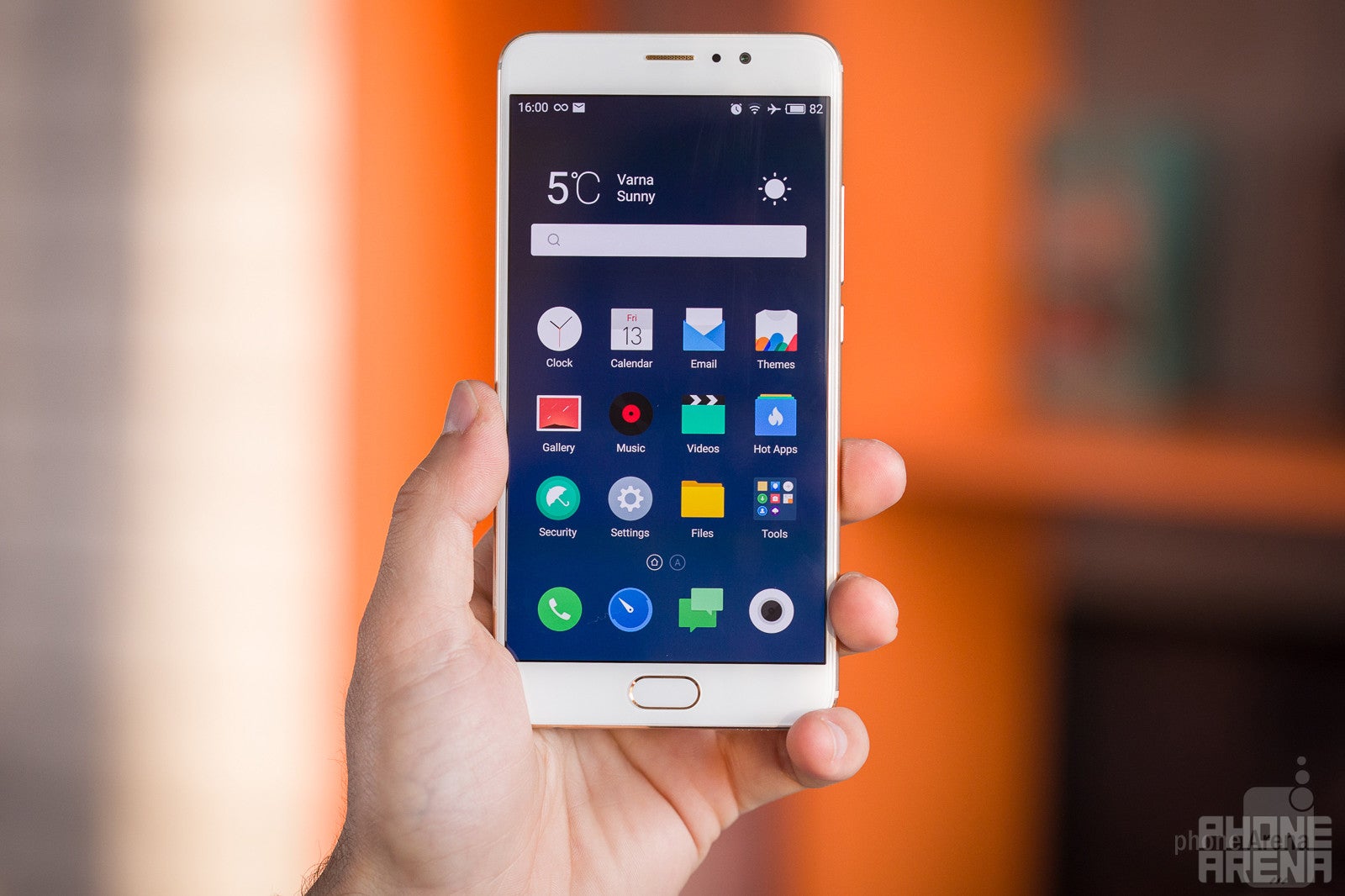
The Meizu Pro 6 Plus is a strange phone. It is attractive and exotic, it is fast but quirky, it is definitely NOT a bad phone, but it is also hard for me to recommend getting one.
To want a Meizu Pro 6 Plus, you have to be someone who’s okay with changing their habits. What I mean is that if you’re an experienced Android user, this phone will behave very differently from what you’re already used to. Don’t expect to be able to just pick one up and start using it right away.
Which leads me to my next point – the Meizu Pro 6 Plus requires to be tinkered with before it starts behaving like a proper Android phone. This is why I was really frustrated with it at first – I had to figure out why things don’t work the way they should, or why they didn’t work at all. And before you start bashing me for nitpicking, just think about it: how would you feel if your phone’s keyboard threw ads at you, if your music player app got killed all the time for no obvious reason, or if your Facebook messages arrived, I don’t know, a day later?
After using the Meizu Pro 6 Plus for a while, I grew used to its peculiarities and learned how to make it do my bidding. I’d even say that I’m okay with having it as a daily driver. The performance is there, the camera is okay, and the premium feel of the handset makes for a complete package. But at 500 euro (around $534), the Meizu Pro 6 Plus isn’t exactly a killer deal. Well-known high-ends like the Galaxy S7, the HTC 10, and the LG G5 currently cost only slightly more. The OnePlus 3T – a solid alternative to Meizu’s offering – is 60 euro cheaper. And I don’t see a good reason to recommend the Pro 6 Plus over any of these.
Still, if you’re a fan of exotic phones, if you want a phone that nobody else has, or if you manage to find one at a discount, I can’t stop you from getting the Meizu Pro 6 Plus. Just don’t expect to be blown away by it.


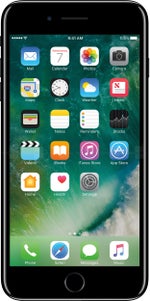

























Things that are NOT allowed: